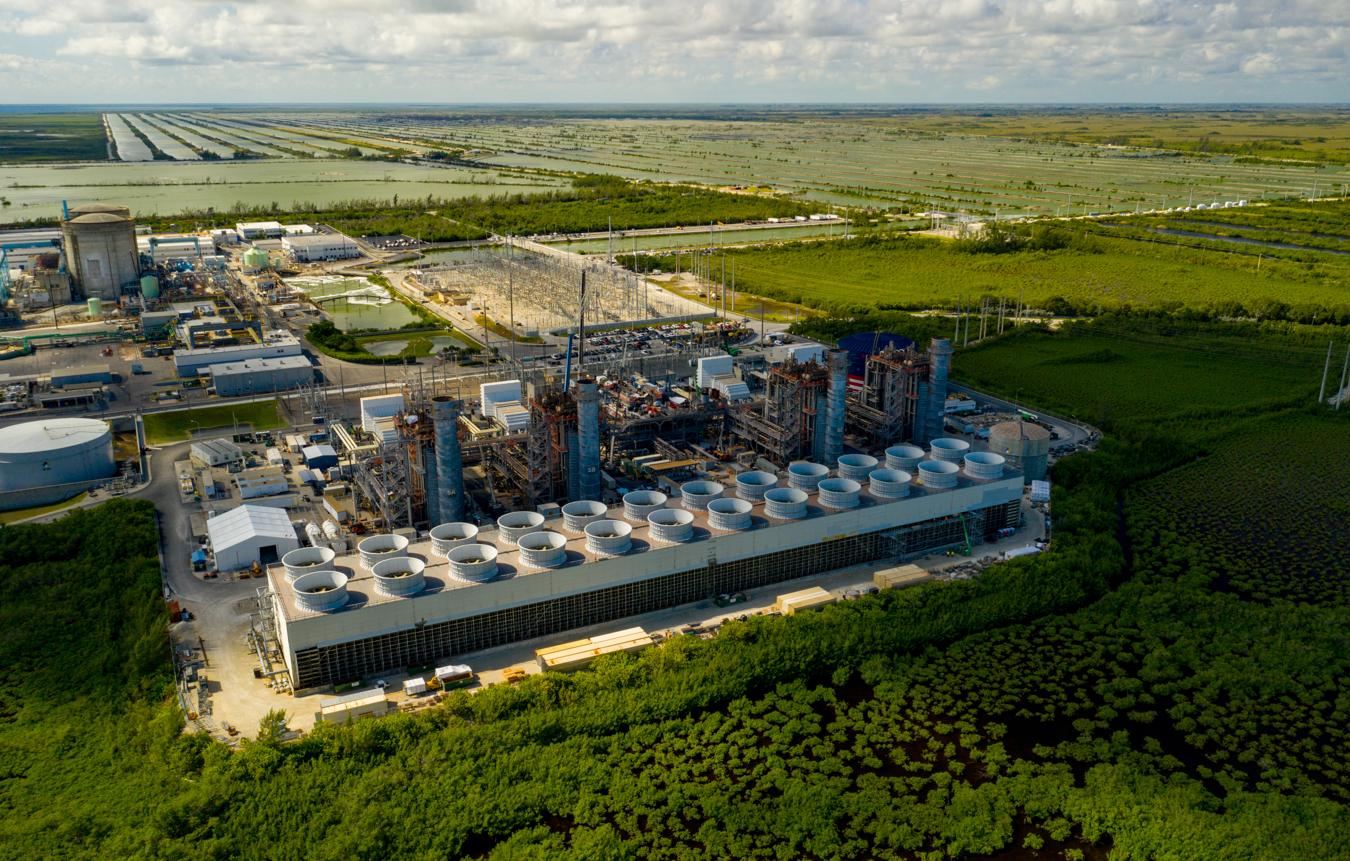Lurking in the cooling canals of a Florida nuclear power plant, an unlikely population of American alligators has taken up residence and continues to thrive. Fear not – the crocodiles aren’t glowing, radioactive mutants with strange superpowers. In fact, the artificial habitat has helped to restore populations of the imperiled species.
ADVERTISEMENT GO AD FREE
Turkey Point Nuclear Generating Station started construction in the 1960s on the wetland habitat of South Florida. It features an “elaborate system” of cooling canals that discharge heat from the nuclear units and take up 6,800 acres. For decades, some of the region’s resident crocodiles have taken advantage of the system to live, reproduce, and bounce back from the brink of local extinction.
Crocs were first reported at Turkey Point in 1976. Since then, plant operator Florida Power and Lights has tagged more than 8,000 crocodile hatchlings. According to their estimates of the 2022 season, the nuclear plant’s canal saw a record, with 33 crocodile nests. It also saw the third-highest number of hatchlings tagged and released, totaling 512.
This was great news for these reptiles, a vulnerable species native to South Florida and parts of Central America, South America, and the Caribbean.

Can you spot any crocs? Aerial photo of the Turkey Point Nuclear power generation in South Florida.
Image credit: Felix Mizioznikov/Shutterstock.com
American crocodiles can reach up to 6 meters (20 feet) in length, although it’s rare to see one larger than 4.2 meters (14 feet) in the wild. They’re similar to American alligators but can be distinguished by their lighter scales and more triangular snout.
The crocodiles thrive at Turkey Point for a handful of reasons: Its constant water level reduces the risk of nest flooding, plus it is relatively free from human disturbance and predation from other animals.
“It’s a sanctuary for them, it’s safe here. We have one of the most concentrated nesting areas in Florida and the United States,” Mike Lloret, a biologist hired by Florida Power and Lights, told CBS News in 2024.
ADVERTISEMENT GO AD FREE
However, it isn’t a perfect haven. In 2019, the US Fish and Wildlife Service found that the poor water quality in the canal system was harming crocodiles and their habitat, leading to a stern warning from the Center for Biological Diversity.
One of the big concerns was a sudden increase in water salinity in the mid-2010s, which led to the collapse of seagrass and algae. The change sent ripples up the food chain, resulting in some of the crocodiles starving and population numbers declining.
Despite these challenges, the American crocodiles of Turkey Point still seem to be faring better than those living elsewhere in the natural world, which continues to struggle against hunting, pollution, and loss of habitat.
“The females come in to nest, the males come in chasing the females, and then any of the offspring that are born here will raise themselves here. We have perfect isolated nesting areas that are disappearing in more natural areas,” Lloret said in a recent interview with WTTW.
Source Link: American Crocodiles Are Booming At A Nuclear Power Plant In Florida